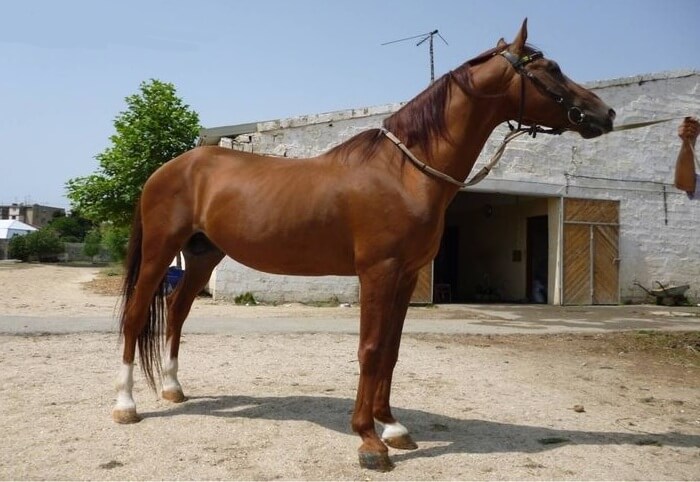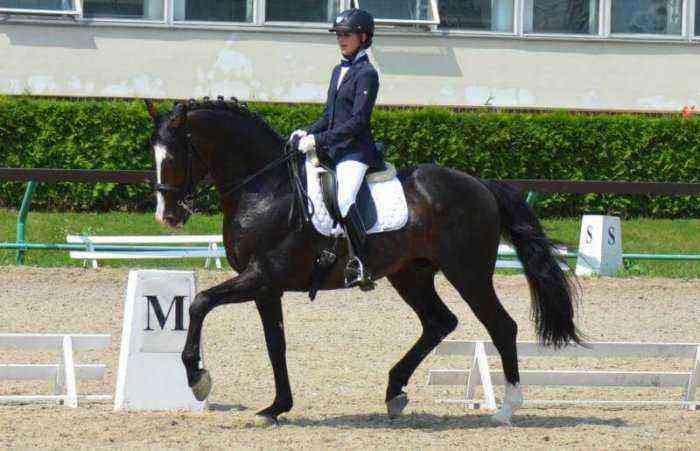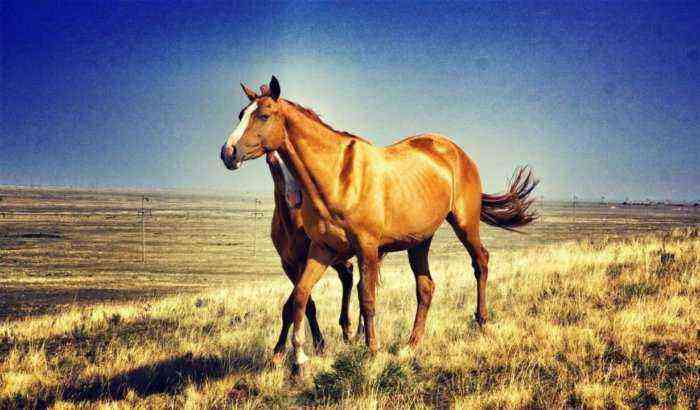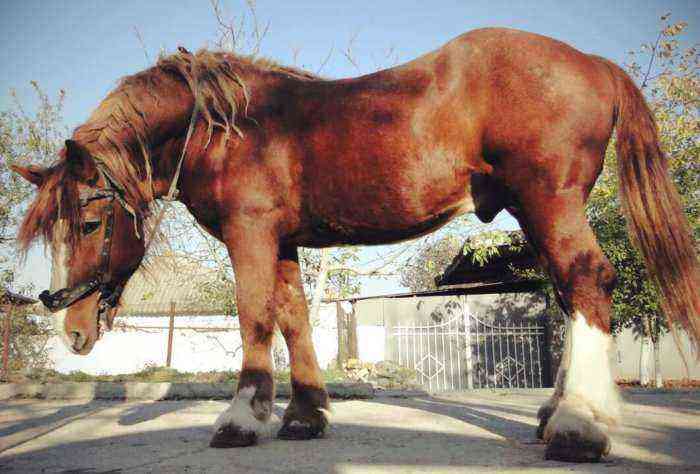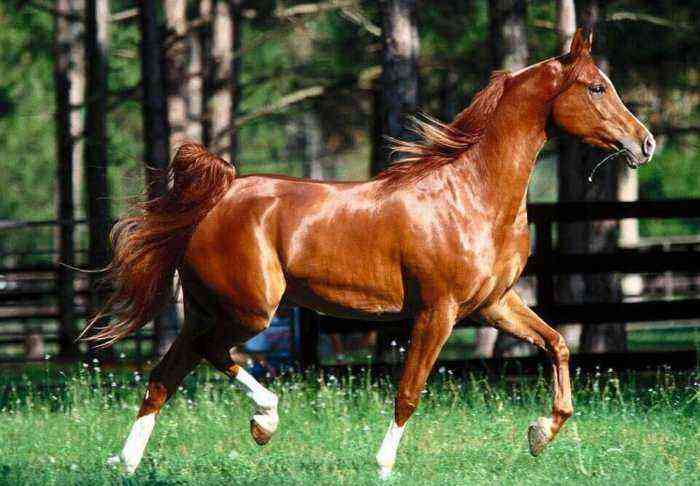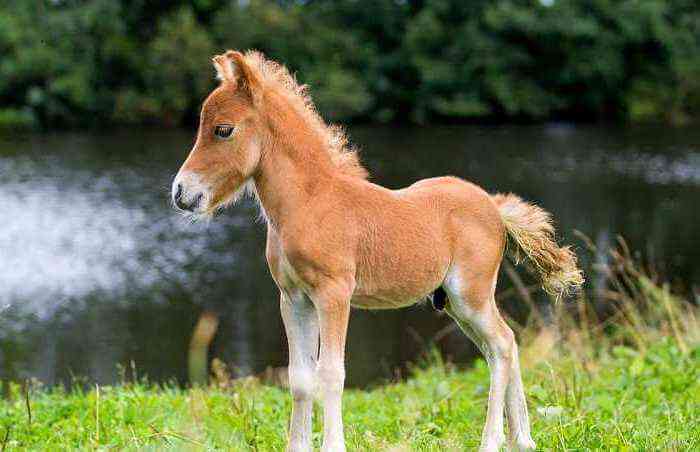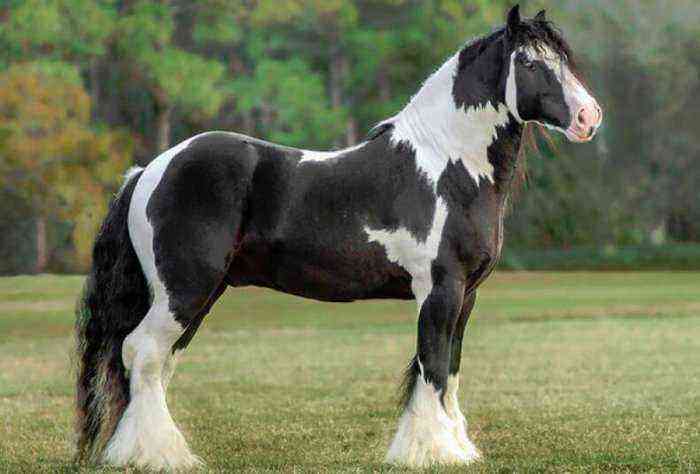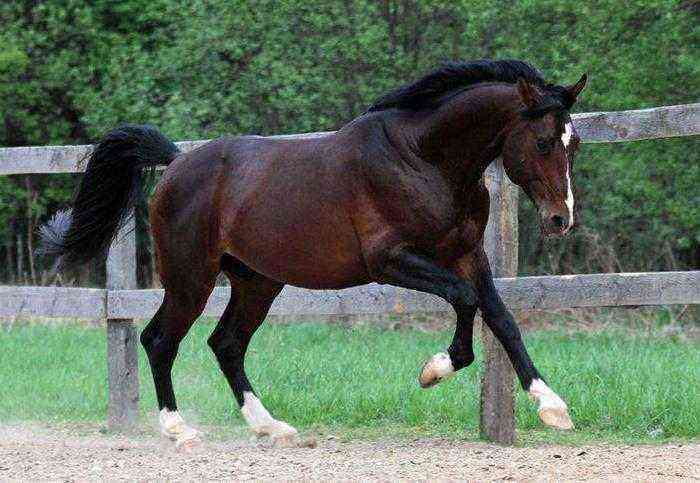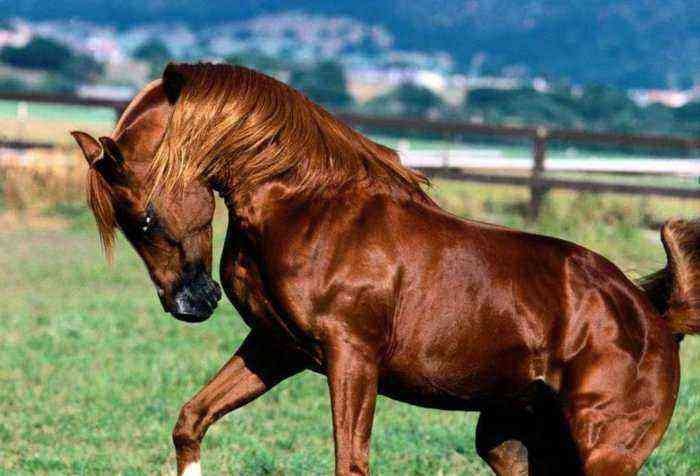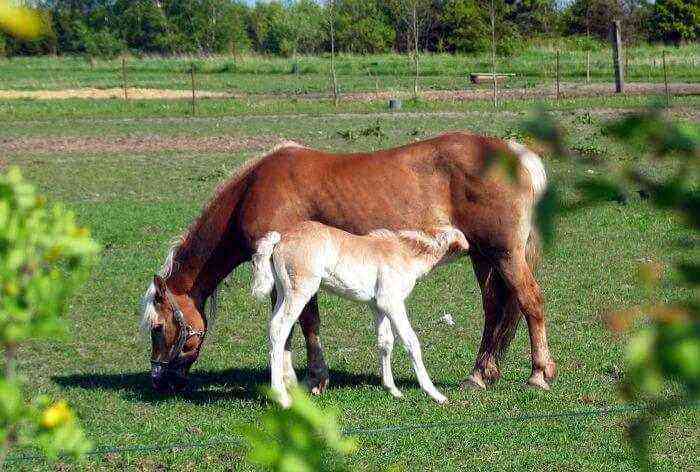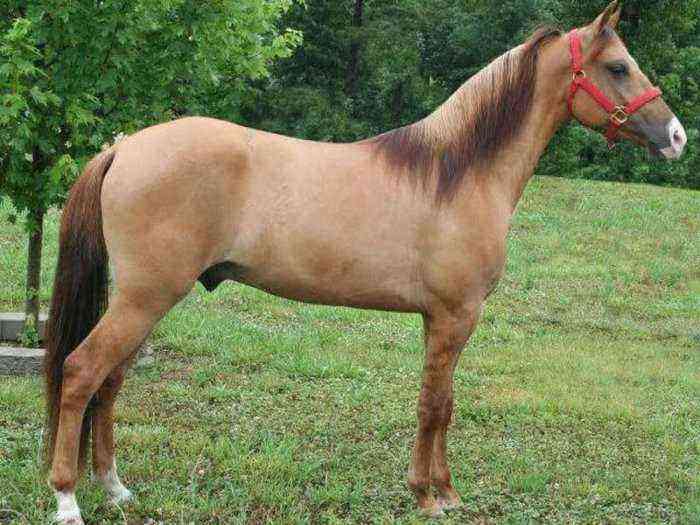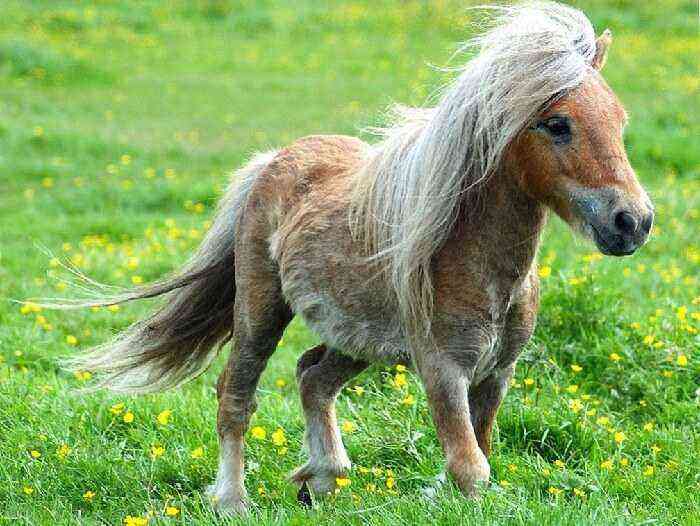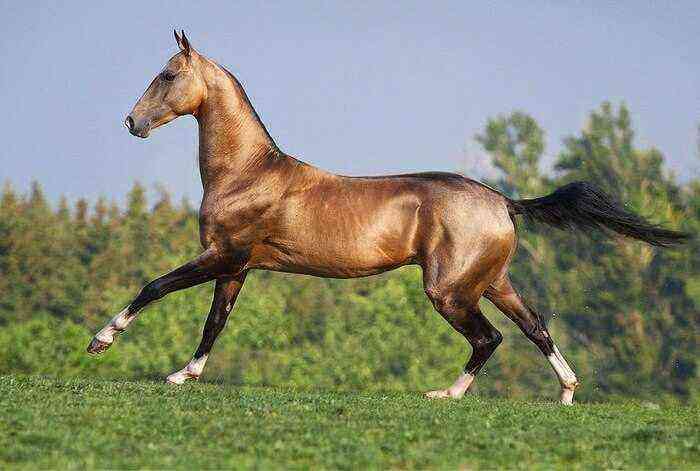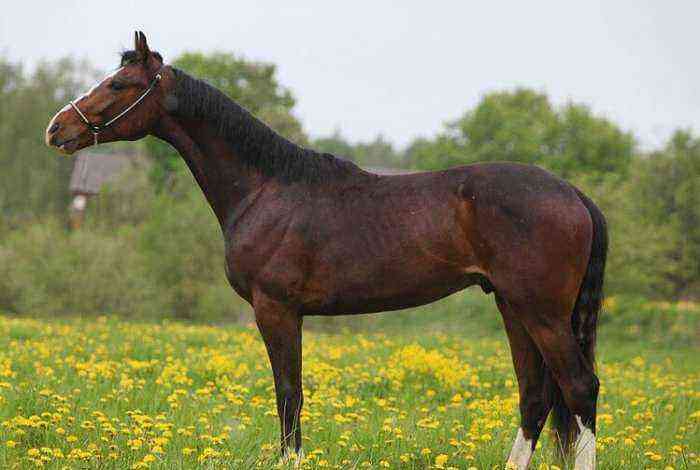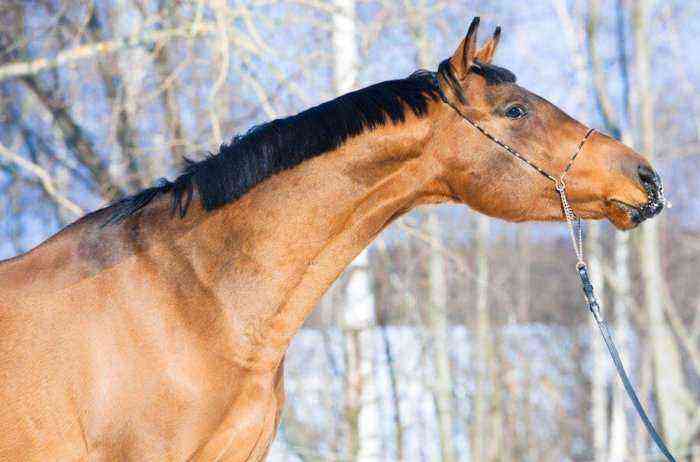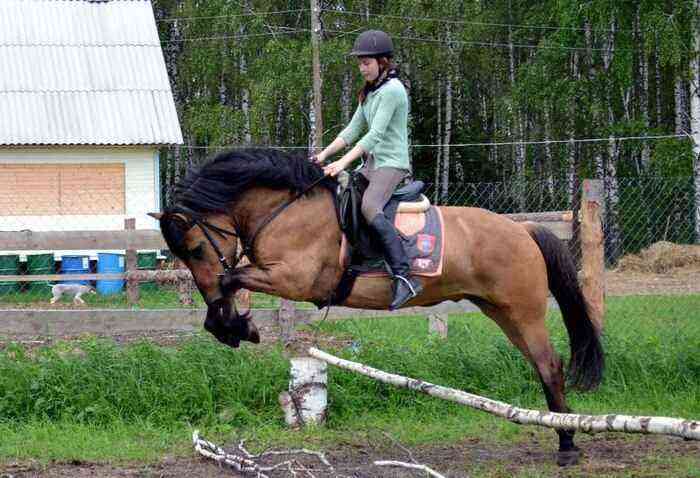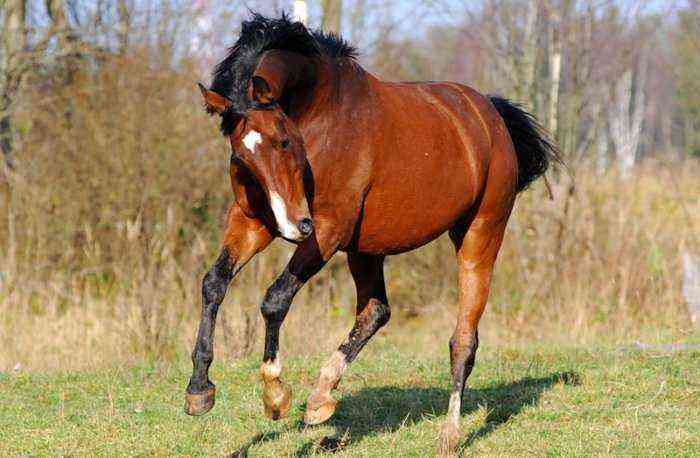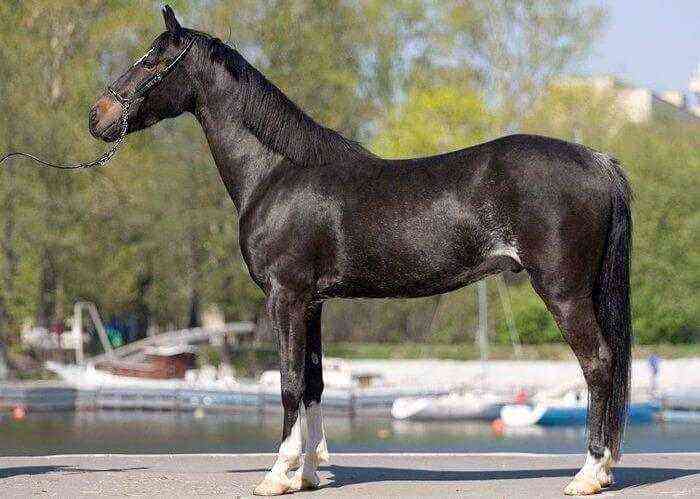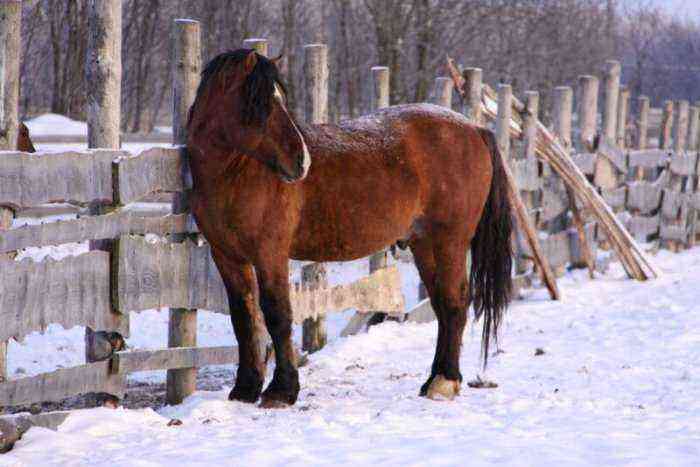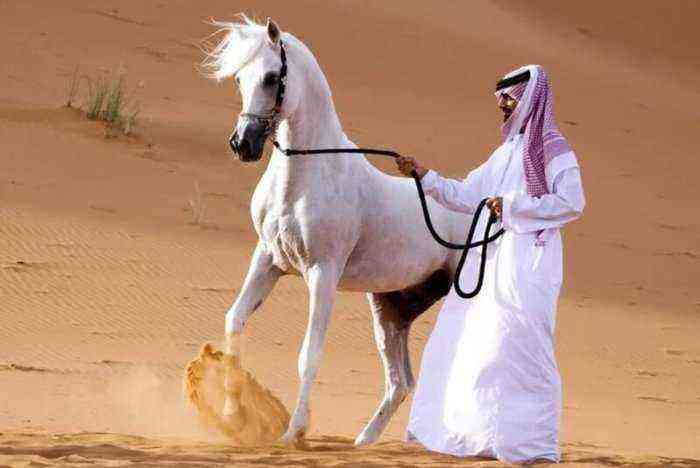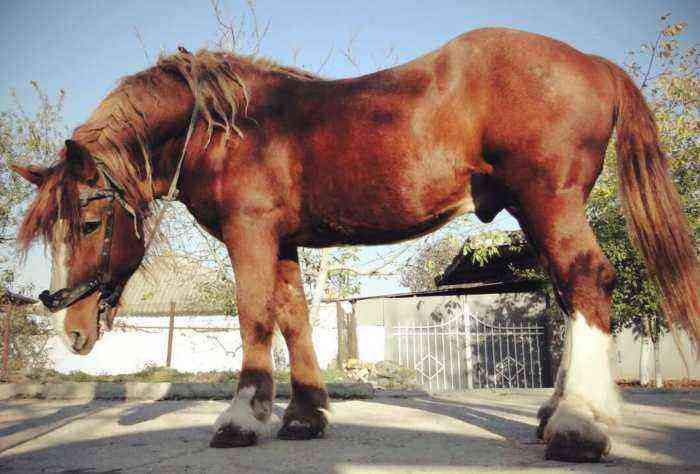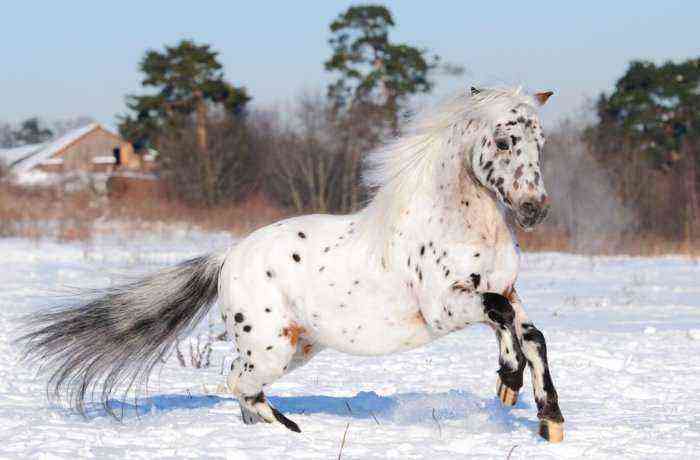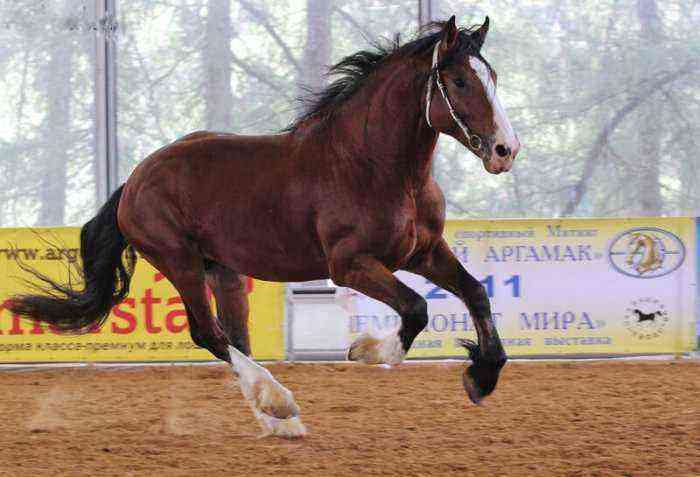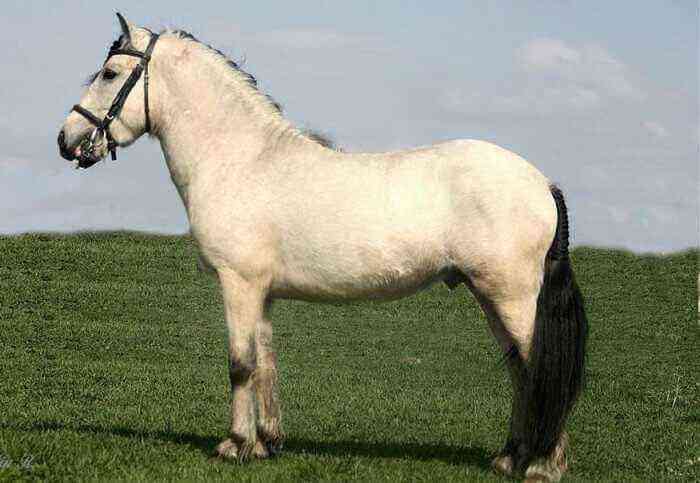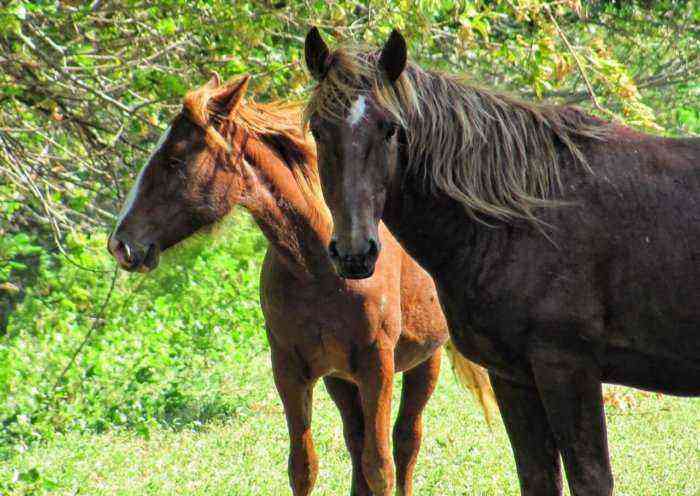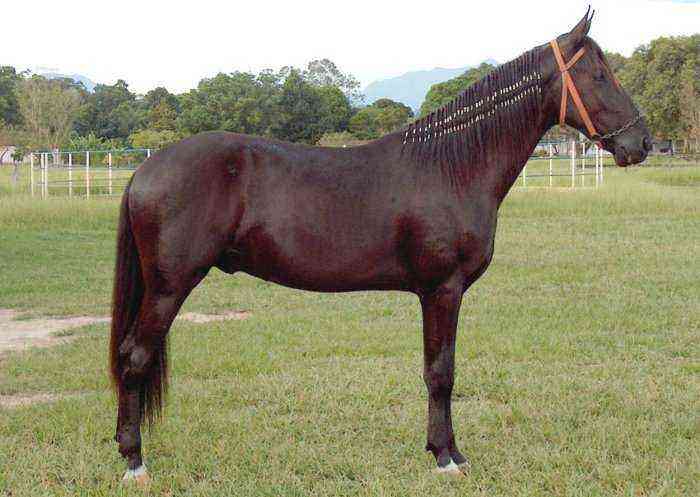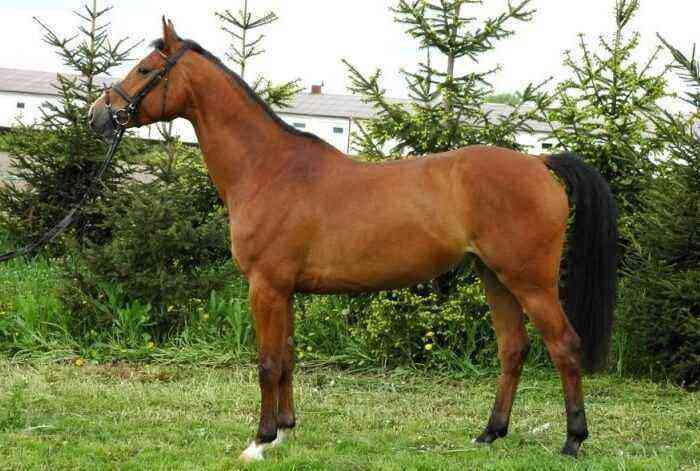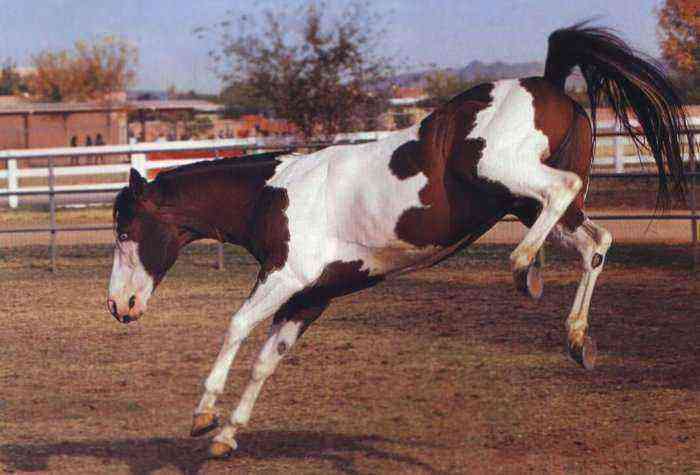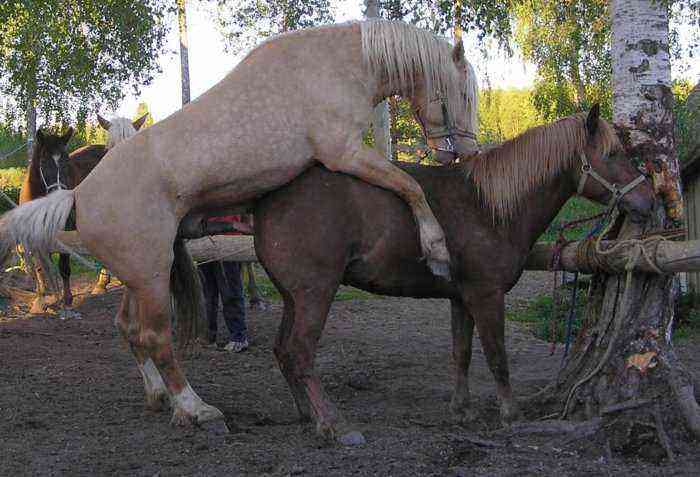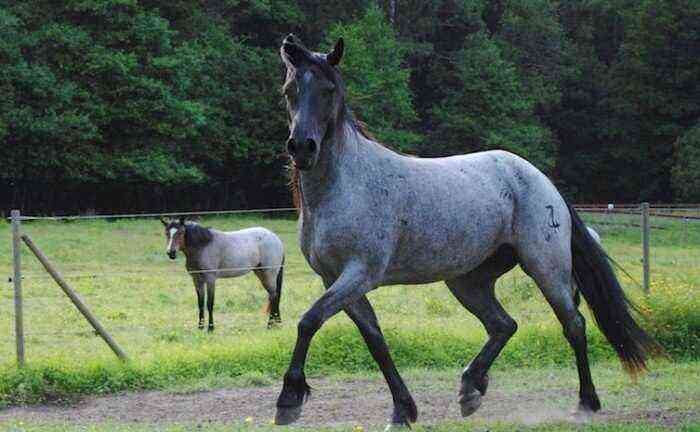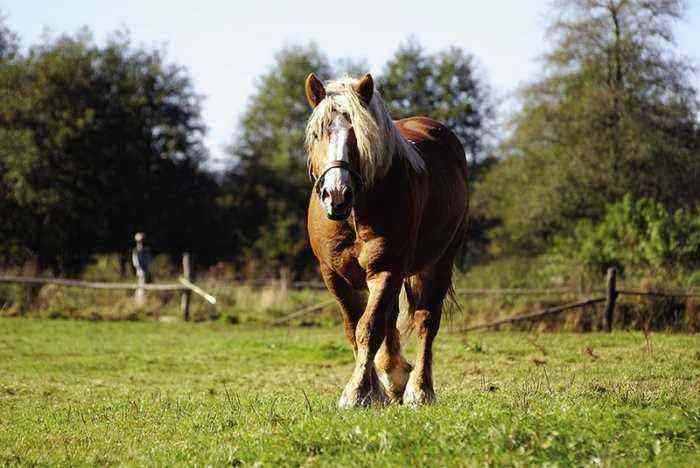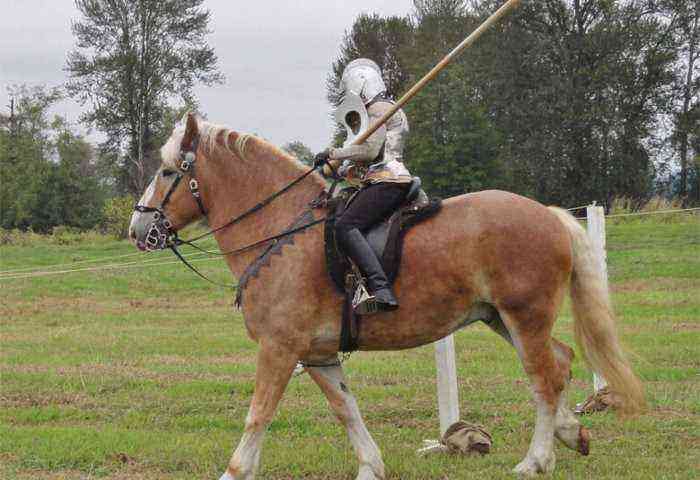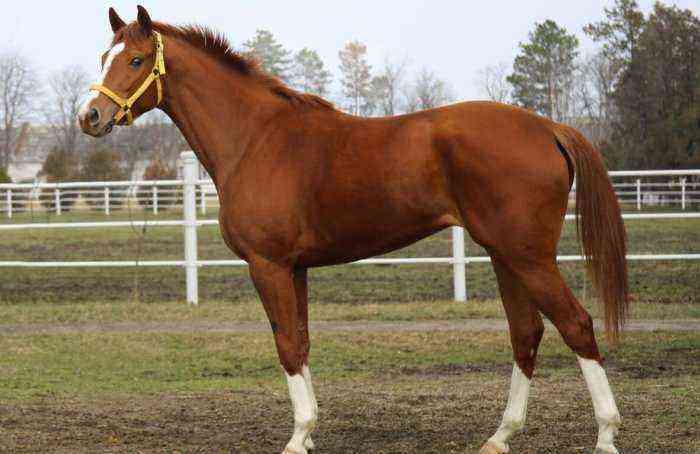The Karabakh horse breed is highly valued for its amazing endurance, suitability for use in difficult mountainous areas, as well as for its boundless devotion to the owner. These are brave, smart and loyal horses that have left their mark on the history of Azerbaijan. Moreover, despite the fact that the breed line has developed a couple of centuries ago, it has not lost its popularity today. But the care and training of such horses involves a number of characteristic nuances that the breeder should know.
Karabakh horses
Historical information
The Karabakh horse was formed as a breed in the period from the XNUMXth to the XNUMXth century in the Karabakh Khanate (Azerbaijan). This region of the country has long been famous for its frisky and hardy horses, and skittles (the local name for the Karabakh horse) is rightfully considered the pride of its inhabitants.
The khans of Karabakh, honoring the traditions of their ancestors, have always been very interested in breeding horses. Several famous factories were concentrated on the territory of the region, in which the best horses of the Transcaucasus were bred. Moreover, exclusively herd breeding was practiced at such plants, which assumed the following features:
- All mares were kept in herds on free pasture almost all year round.
- The herd included both purebred Karabakh and mixed females.
- The stallions were kept separately, providing them with careful care and strict selection according to a number of criteria. For mating, only the best representatives of the breed line were used.
- Born foals also grew up in the herd in the most natural conditions.
To breed Karabakh horses, several varieties were used at once. In fact, the best representatives of the native horses of Karabakh formed the basis of the breed. Later, famous Turkmen horses, Arabian and Iranian horses were used to improve the exterior and working qualities of the obtained animals.
As a result of centuries of breeding work, it was possible to obtain a horse that amazed with its refinement of forms, obedient, courageous character, playfulness and endurance. In addition, since the breed was developed in mountainous conditions, it easily coped with even the most extreme trails and sections of the mountains.
The local khans highly valued the Karabakh stallions and tried to preserve the purity of the breed as much as possible. That is why its livestock remained small, and representatives were never sold. Such horses were only brought as a gift by special order of the khan. It was the most honorable award for merit and a valuable gift showing the highest respect. Sometimes such animals were presented to Russian princes, and one of the representatives of the breed caused indescribable delight from Queen Elizabeth II, to whom the horse was also given as a gift.
The development of the breed after joining the Russian Empire
At the beginning of the 1869th century, Karabakh was annexed to the Russian Empire. This event marked the beginning of the widespread distribution of the breed in Russia. In XNUMX, several of its representatives were immediately declared to participate in the All-Russian Exhibition. As a result, three of them received prizes and aroused great interest among Russian horse breeders. In addition, the stately stallion Aletmez was identified as a sire for local stud farms.
Karabakh horse
Two years earlier, Karabakh horses also participated in the European exhibition in France. Here, one of the Karabakh stallions received the second place for conformation and bearing, which also contributed to the growing interest in the breed.
It is worth noting that despite successful performances at exhibitions, Russian breeders of such horses were not allowed to serve in the army. In their opinion, the too low growth of the Karabakhs completely excluded the possibility of using such horses in the cavalry. But still, the owners of stud farms could not ignore a number of other significant advantages of the breed line. Therefore, they were widely used to improve the well-known Russian and Azerbaijani cavalry varieties of horses, including:
- Rostopchinskaya;
- Don;
- archery;
- delibozskaya;
- Kabardian.
At the same time, these breeds owe their best qualities to the Karabakh horses.
Crises in the development of the breed
It is worth noting that the process of formation and application of the breed line was not always cloudless. At the end of the XNUMXth and beginning of the XNUMXth century, horse breeding experienced a serious blow. Automobiles and other equipment were actively developing, as a result of which riding horses began to lose their popularity.
The reduced interest in skittles has led to them often being mixed uncontrollably with outbred horses. As a result, some of the breed traits for which the variety was highly valued were erased.
In 1948, there were only 30 skittles left. Realizing that the breed was actually lost, Azerbaijani breeders decided to restore it. For this, a specialized stud farm was formed in the village of Goy-Tepe. The main problem that the breeders faced during the restoration was the lack of purebred Karabakh stallions. They managed to find only one representative of the species, which was the stallion Sultan. Arabian horses were also used to improve the qualities of the breed. In the future, to improve the characteristics of living creatures, various English riding breeds were also used.
But, despite some success of breeders in restoring the breed, its population again significantly decreased in the 1990s. The reason for this was the war in Karabakh. With the outbreak of hostilities, horses were urgently exported from the factory in Goy-Tepe. But far from all of them survived the evacuation, which is typical, mostly horses died, in which the blood of English horsemen was present.
To date, the situation with the breed line has more or less stabilized.
Exterior and suits
The exterior of the skittles is elegant and dry. But it is worth noting that the current type of the breed line is slightly inferior in showiness to the original standard.
These graceful animals are quite low. The average height of a horse is 138-154 cm. The weight of a horse does not exceed 350 kg. Of the features of the physique, the following are distinguished:
- small rectangular body with a slightly arched back and powerful chest;
- short neck with a graceful bend;
- the head is proportional to the size of the body, suggests a wide, slightly convex forehead and expressive eyes;
- legs well developed, straight, with strong hooves;
- the tail drops to the level of the hock;
- mane of medium size.
The exterior of the skittles
All modern representatives of the Karabakh breed are divided into two types:
- Massive. Such animals are distinguished by strong short limbs, a squat body, small stature and a dense physique.
- Easy. Horses of this type are distinguished by a light exterior and long, dry legs. They are used exclusively for riding.
Initially, the prevailing number of skittles had three suits. The first suggested a golden-bay color. The second color, golden-red in Karabakh, was often called kuren. And the rarest among these suits was narynj. This color combined completely golden hair on the body, limbs and head with a brown mane and tail.
Reference. The specified colors of horses became the reason that in the homeland of all Karabakh horses they call the word “sarylyar”. Translated from Karabakh, it means “golden”.
In the course of the further development of the breed line, the number of colors that are characteristic of it has increased significantly. The most common among them:
- bay;
- bulanaya;
- golden red;
- yellow with various shades;
- black;
- gray
- redhead.
Maintenance and care
The horses of this breed were originally bred in a herd way. It is the best for today. The whole herd is kept on pastures in the open air all year round. A well-developed immune system protects animals from diseases even in winter frosts. But when breeding, the arrangement of a warm stable is a must. Young animals are bred in it and a herd is kept in especially severe frosts.
It is also worth agreeing in advance with a veterinarian about regular examinations, which a growing horse should undergo twice a year. Periodic professional examination will help to avoid improper development of the skeleton, muscles, identify defects in time and correct them.
Caring for Karabakhs involves virtually the same moments as when keeping other breeds of horses. It includes:
- daily cleaning of the mane, tail and coat of the animal with a special brush made of natural hair;
- daily washing of the horse’s limbs with cool water, especially after a hard day;
- regular cleaning of the horse’s hooves and nostrils from dirt, which can cause the development of various diseases;
- providing the animal with sufficient time of physical activity, it maintains the shape of the animal and strengthens its health;
- obligatory daily inspection of the horse before the start of work and after it for injuries and signs of disease;
- cleaning the stall of the horse, which is carried out every time the living creatures go for a walk.
Feeding
Another essential condition for maintaining the health of skittles is a properly constructed diet and feeding schedule. Clear norms and menu composition for each horse are selected individually based on its age, physiological state and scope of use.
So, for adult horses engaged in leisurely walks with tourists, a standard diet is suitable. Lactating horses, mares waiting for lambing, and young animals are provided with enhanced nutrition. Also, an extended menu is assigned to stallions engaged in sports activities or work within farms.
The basis of the diet of Karabakh horses includes:
- hay or grass;
- concentrated feed, mainly oats;
- vegetable crops;
- various vitamin and mineral supplements.
Oats for horses
Most often, the daily menu of the animal includes oats, hay and fresh herbs (if available). Food is fed in three doses. Moreover, each of them is recommended to be carried out within a strictly defined time frame:
- Breakfast is served no later than 8 am.
- Lunch is served at approximately 13:XNUMX.
- The horse should have dinner no later than 22 hours, so that the digestive system has time to process the food before a night’s sleep.
Also, living creatures must be provided with an abundant amount of liquid. On average, one horse of the Karabakh breed takes about 7-10 liters of fluid for every 100 kg of weight per day. It is best to give the horse water before eating. If food is given in parallel with water, then the food will not be fully digested in the body, which will lead to various health problems. Also, living creatures should be sure to drink after eating.
Important! Many breeders, when raising Karabakh horses, also use various delicacies as a reward. It can be carrots, sugar, apple, salt, crackers. But when feeding an animal such food, one should be careful. If this is done too often, the horse may lose its appetite.
The use of horses of the Karabakh breed today
Today, Karabakh horses are bred under the strict protection of the Azerbaijani government. These hardy animals are still used for horseback riding. Many competitions and comparative races have shown that in terms of speed such animals are practically not inferior to purebred Arabian horses and Akhal-Teke horses. But if such races are held on rugged mountainous terrain, then all the opponents of the skittles are immediately left far behind.
Thanks to the listed advantages and working qualities, Karabakhs are often used in equestrian sports. The most acceptable discipline for them is jumping. Also, living creatures are widely used to improve the qualities of many well-known breed lines.
It is worth noting that obedient horses have proven themselves excellently in pleasure riding. A trained animal unquestioningly carries out the commands of even inexperienced riders. A massive type of rock line is used to transport goods in mountainous areas. Also, Karabakhs are an integral element of folk festivals and holidays in the region.
Reference. Today in Azerbaijan there are two large state stud farms and several private enterprises specializing in breeding Karabakh horses. As for the number of livestock of purebred skittles, to date, breeders have managed to increase their number to 200 heads.
Conclusion
The Karabakh horse is a beautiful, intelligent, obedient and extremely hardy animal, which is a real pride for Azerbaijani breeders. Such horses appeared at the end of the XNUMXth century, and their history suggests several periods at once, when the breed line was on the verge of extinction. But despite this, the Karabakh breeders still managed to keep it. Thanks to their work, skittles are still popular in sports competitions and everyday life.

